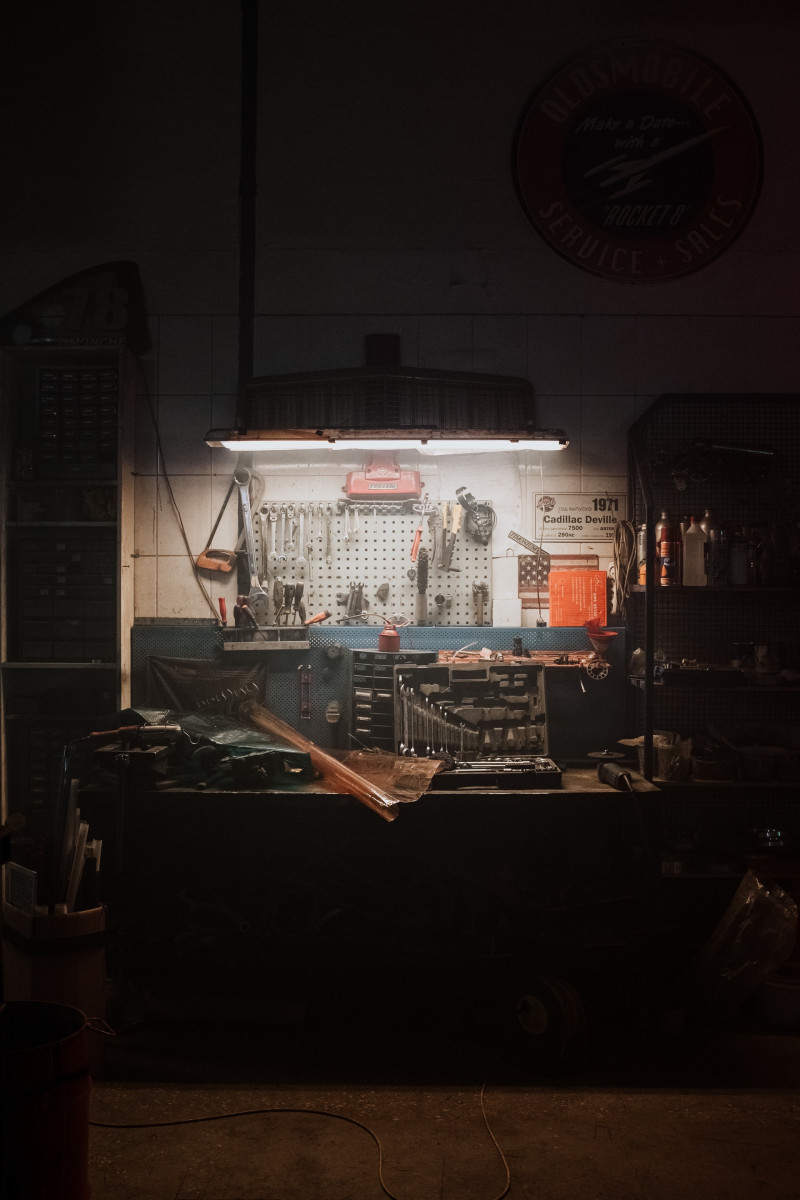Well, again about a year ago and fixing the house was a good chance to learn a few things about making things work:
- Silicone vs Acrylic Sealants. The long and short of it is that in damp climate and where there is rain, silicone forms a water impermeable rubber seal. You can’t paint it but if you need a real water seal it does work. Just one warning is applying it isn’t easy.
- You get a grease gun and squirt it but it is super thick and sticky. After applying you can peal off the excess though. You really need this for security cameras. The silicone plus a grease gun from Amazon worked great combined with the 3M Marine Silicone
- Also I added a little roof on top of the cameras with some small pieces of plastic plus glue and magnets to keep it all down since the steel boxes were really nice and this adds additional strength
Other gear for geeks
- Tool Bags. (And check Elecrical Guy, Electrician Mentor and EDC Magazine). Well I’ve always wants a professional tool bag and putting up all those security cameras is a good excuse. I ended up with the LeatherCraft 1539 which despite its name is actual à cordera. It has a zillion pockets and a huge center area. And yes it’s been awesome for carrying all my new found tools. I ended up with the Leathercraft from Amazon and it is great.
- Tool Belts. Well I’ve always wanted of these and it definitely came in handy helping do an antenna installation.
- Rexbeti Hex Wrenches. I have a sea of these, but a good recommendation was to get the industrial strength hex sets for SAE and Metric.
Dealing with wiring
- Ethernet T568A vs 568B. The really confusing thing is that there are two different standards for Ethernet cable wiring. They are the same but have pairs 2 and 3 swapped. You have to look at your cables and see which you have. The main reason for the difference is that the A version is compatible with the old analog phone 4 pin connectors. So you can use them with analog phones. If you can even find them anymore. So when you are repairing a cable make sure to look at the no broken end and see if is an A or a B wired one.
- Punchdown blocks. The big problem is that many Ethernet and other cables end up in at 66 Block in the basement, so you need a toner to figure out what is connected where. These 66 Blocks come from the old telephone world and what happens is you split up the four pairs that are in an Ethernet cable (there are two pairs in a traditional telephone line). Then you attach what are called bridge clips that connect the left of the block with the right.
- Fluke Toner and Digital Probe. One thing you will need is something that will tell you if the connection is good and where the lines are. It’s expensive at $236, but just invaluable. It has a toner which tells you want is connected to what and when you are crimping new wires it tells you what is actually connected to what. The mapping to validate connections is really great.
- Klein Tools Ethernet Crimper. There are lots of cheap ones out there, but this is realiable and works well, the main issue is lining up all those tiny wires.
- Klein Tools Cable Crimper. Then if you need to deal with Coax, this is the goto kit. I’ve not actually had to do this yet, but it seems pretty straightforward as there are just the center pin and the outer pin.






